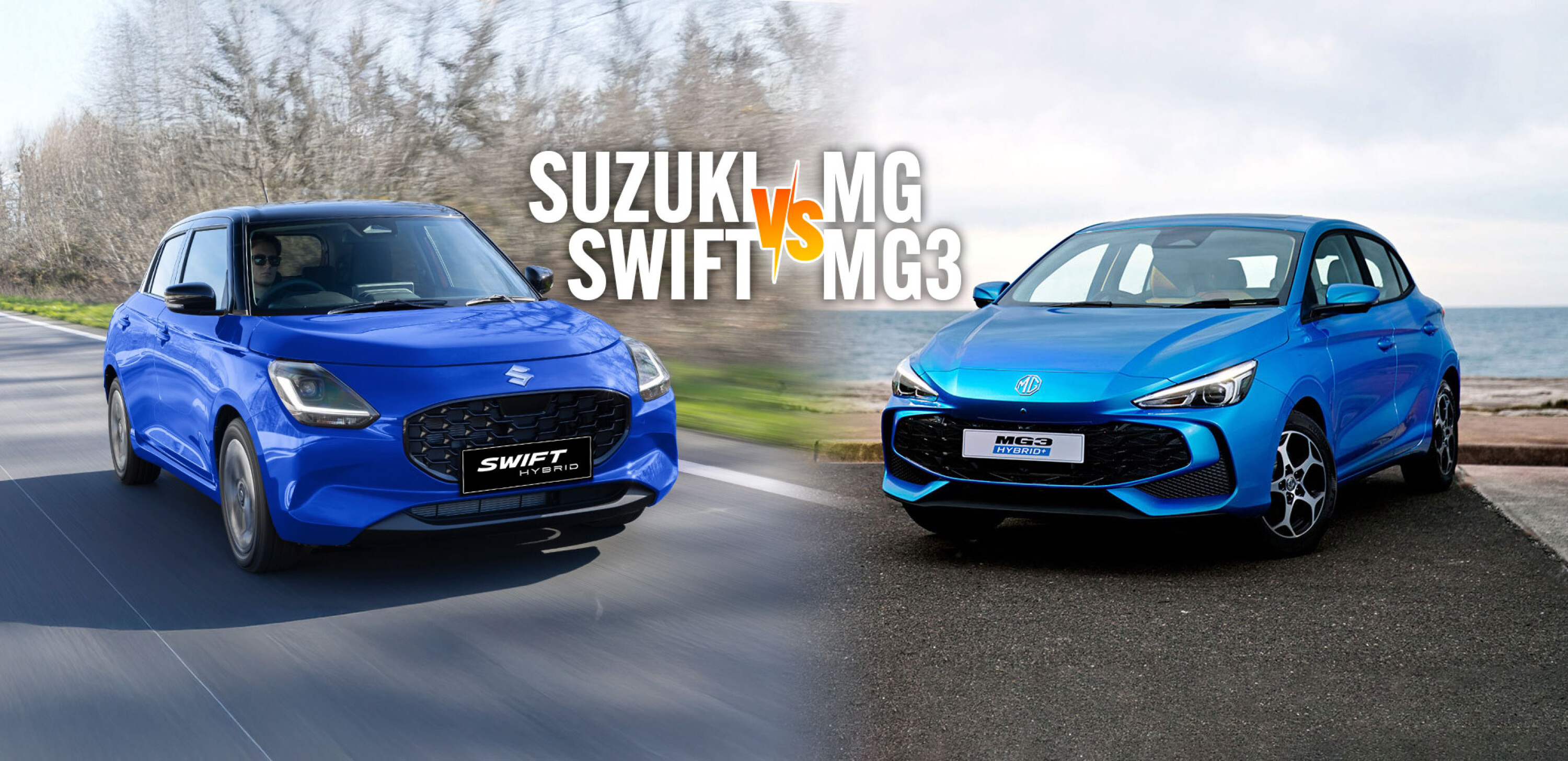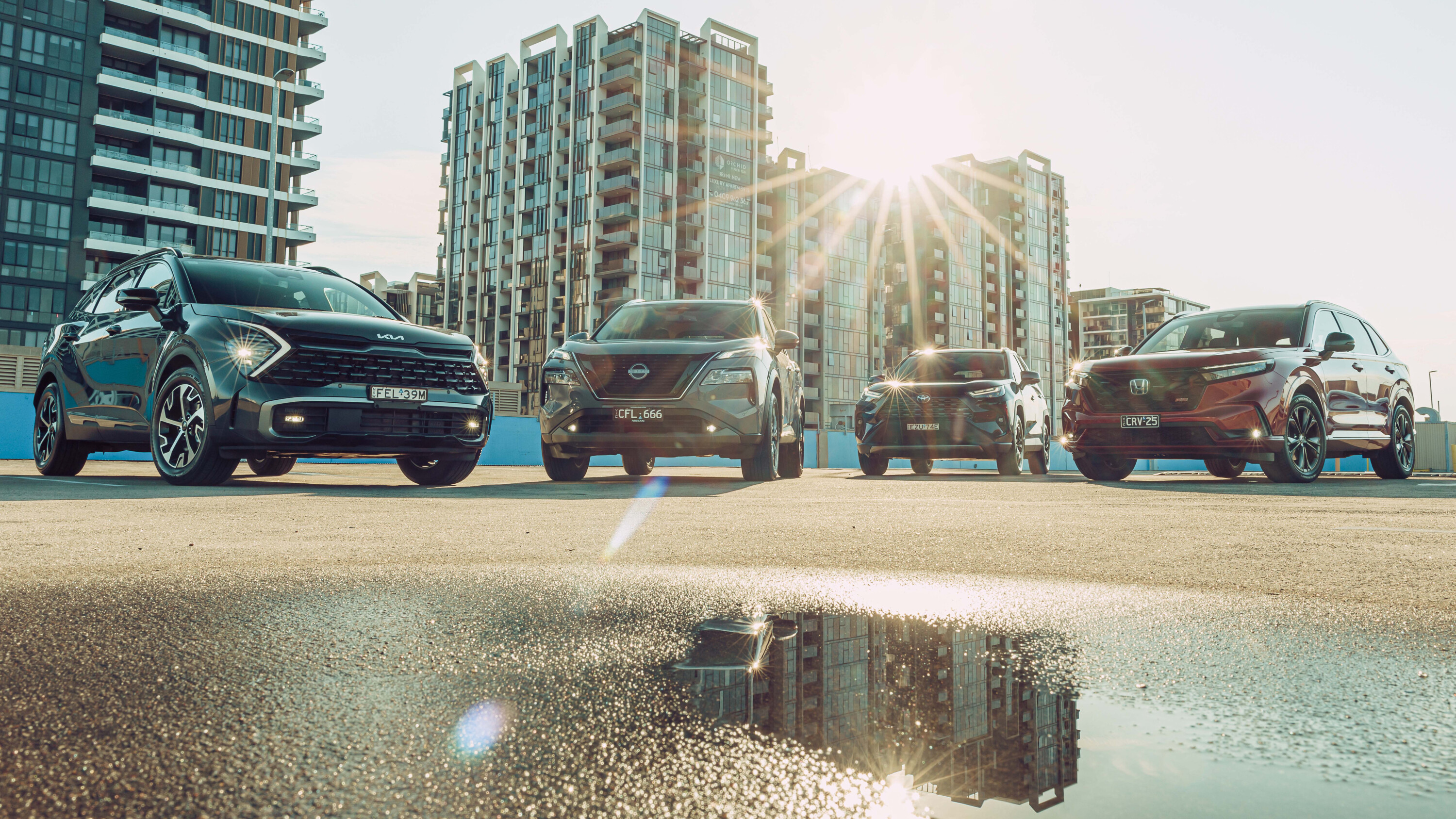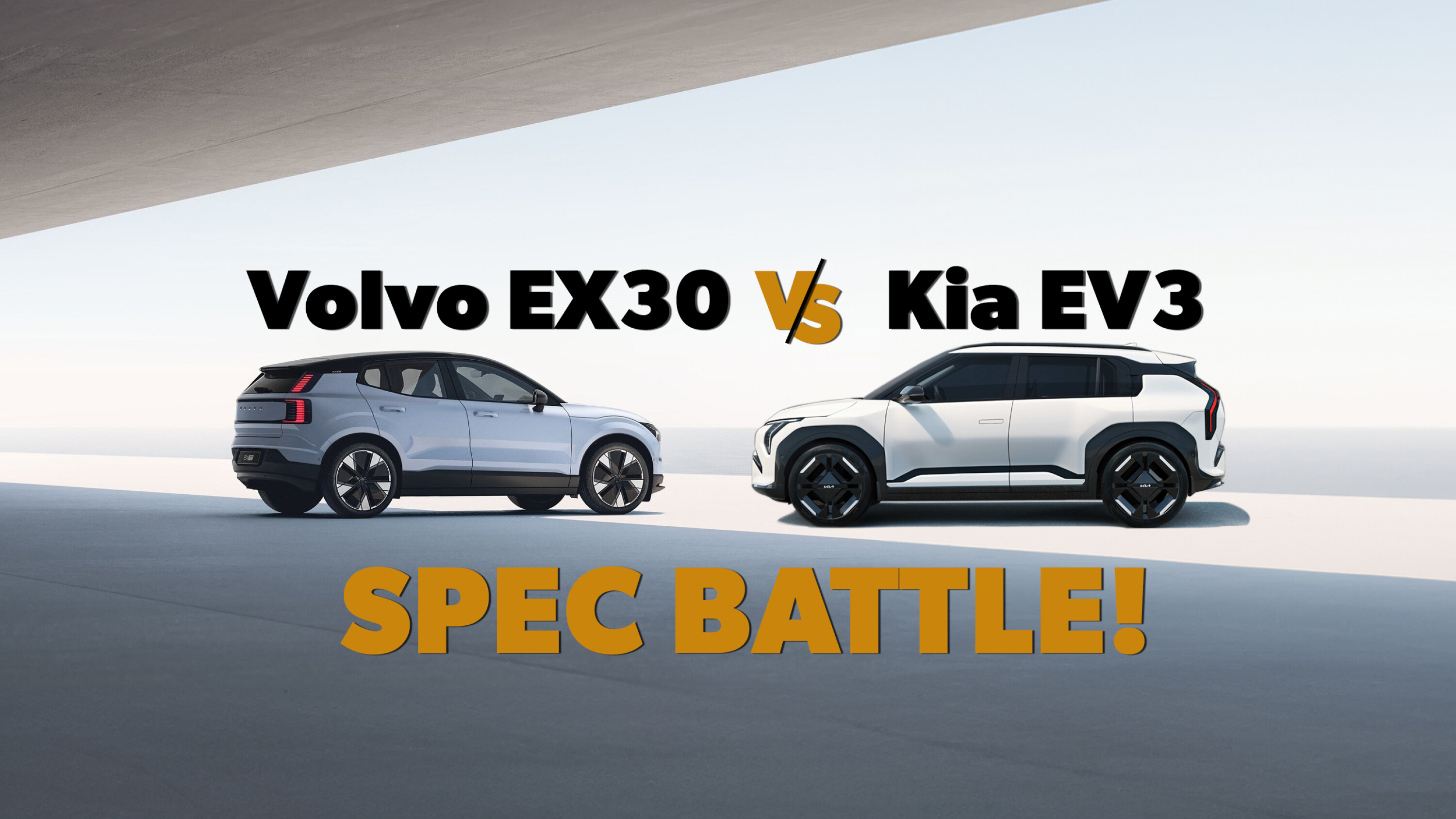FROM the diminutive CX-3, to the ageing segment stalwart the Nissan Qashqai, buyers looking for a crossover in Australia can be spoiled for choice to the point of confusion.
Skoda and Mitsubishi have this year added their respective all-new models the Karoq and Eclipse Cross to the fray.
The duo represent two different ways to fillet the small crossover fish, with distinctly European and Japanese flavours. The fundamental layout of the two cars – a petrol four-cylinder engine driving the front-wheels means that both enter the market with aggressive pricing and represent high-riding alternatives to typical family hatches.
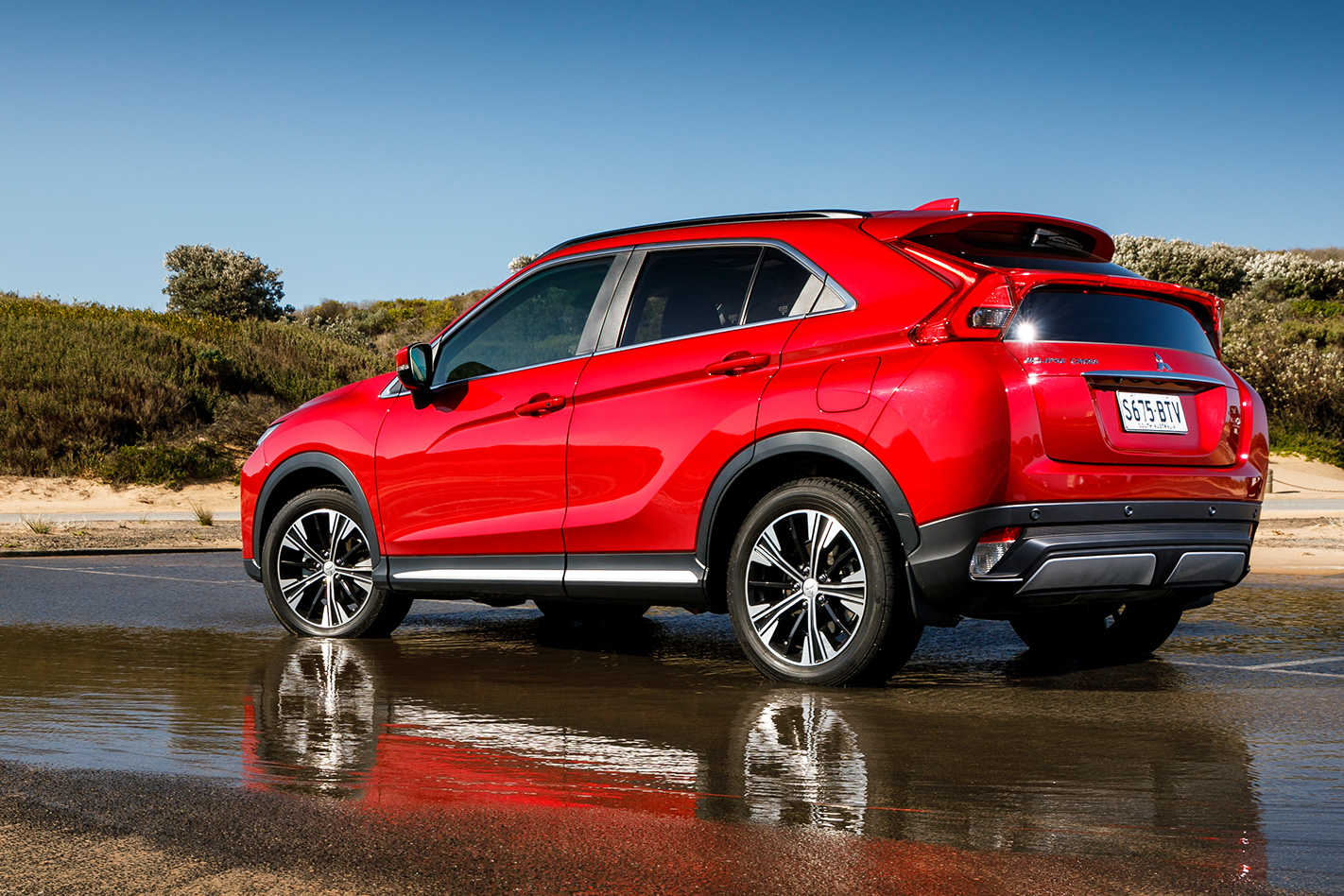
PRICE AND EQUIPMENT
Verdict: Mitsubishi
The Skoda Karoq is the fresher of the pair by a couple of months. This Czech Republic-built crossover has a single variant available in Australia at launch, the $32,290 110TSI DSG 2WD. However, our test car was fitted with the $1700 Travel Pack and $3600 Premium Pack, ballooning the as-tested price to $38,290.
That makes the Eclipse Cross Exceed 2WD the cheaper of the two in our comparison, with the Mitsubishi wearing a $36,000 sticker price, and as-tested tag of $36,890 thanks to optional premium paint.
As tested, both cars are laden with features. Without optioning additional packs, the Karoq offers adaptive cruise, driver fatigue detection, dusk-sensing auto high beam lighting, keyless entry/start, rain-sensing wipers, rear-seat tablet holders and ‘Varioflex’ individually-removable rears seats.
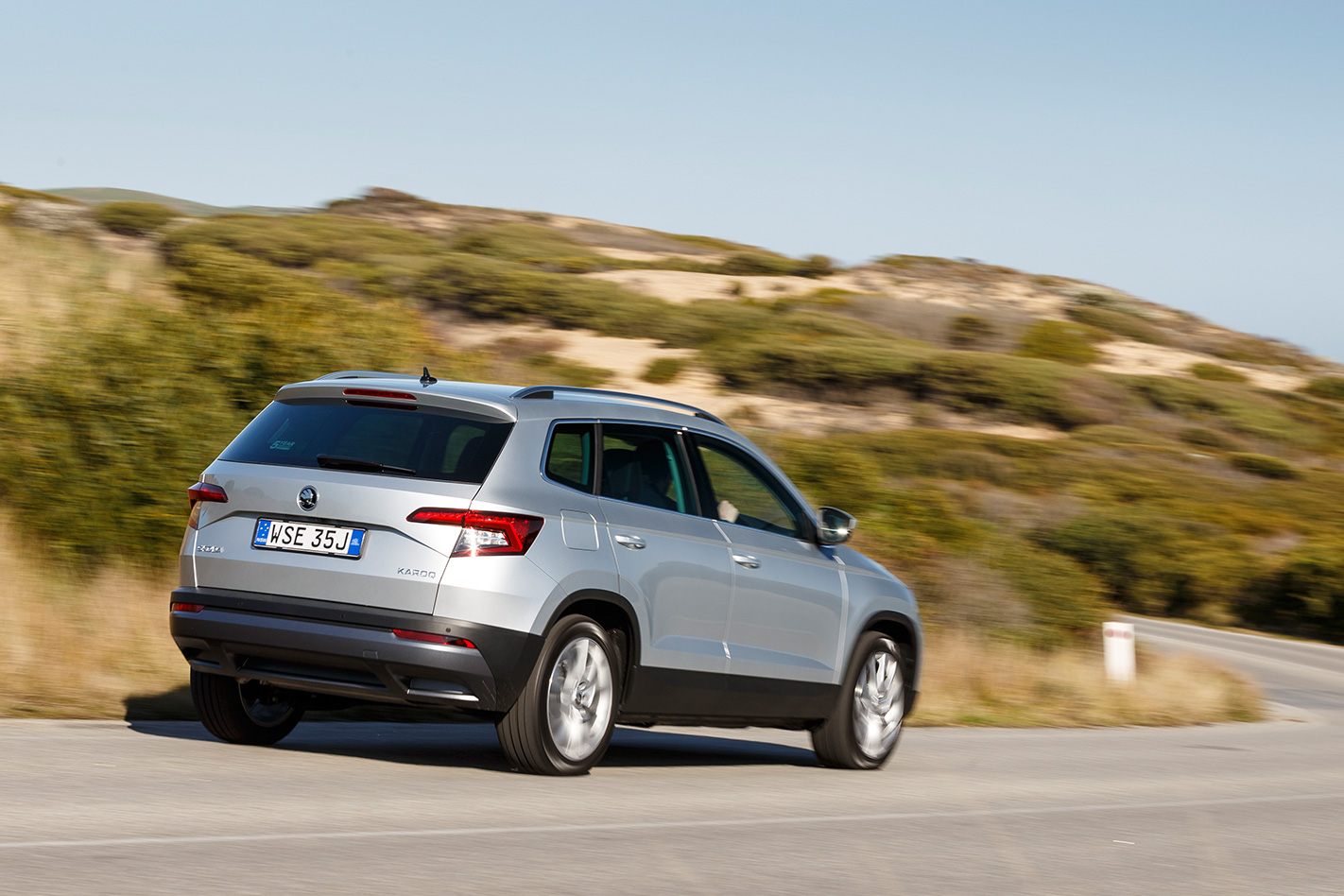
Ticking the box for the Travel Pack will add lane-keep assist, blind-spot monitoring, rear cross-traffic alert, a powered driver seat with memory, heated front seats, and auto folding and dipping mirrors to the equation. The Premium Pack includes adaptive LED headlights, leather trimming, front sensors, a powered tailgate and 18-inch alloys.
Mitsubishi matches our optioned Karoq on nearly all features as standard, with the exception of the powered tailgate and Skoda’s nifty tablet and in-door rubbish bins, but adds a heads-up display and dual sun-roofs to the equation.
It also must be mentioned that while both cars are fitted with an adaptive cruise control system, they are not created equally. While the Skoda’s does an impressive job of adjusting speed steadily, and keeping pace with the vehicle in front, the Mitsubishi’s automated adjustments are binary in their application with little subtlety.
Purely on a value for money equation, however, the Mitsubishi edges the European offering.
INTERIOR AND CONNECTIVITY
Verdict: Skoda
Questions of styling will often come down to personal preference, but for us, the interior of the Karoq is one of the Volkswagen Group’s best-looking MQB interiors outside of the Audi stable.
Thanks to the optional Premium Pack, the interior has a cohesive and elegant feel similar to a high-spec Tiguan. The cabin would be a pleasant home for long trips, with firm and supportive seats, and a deep glasshouse.
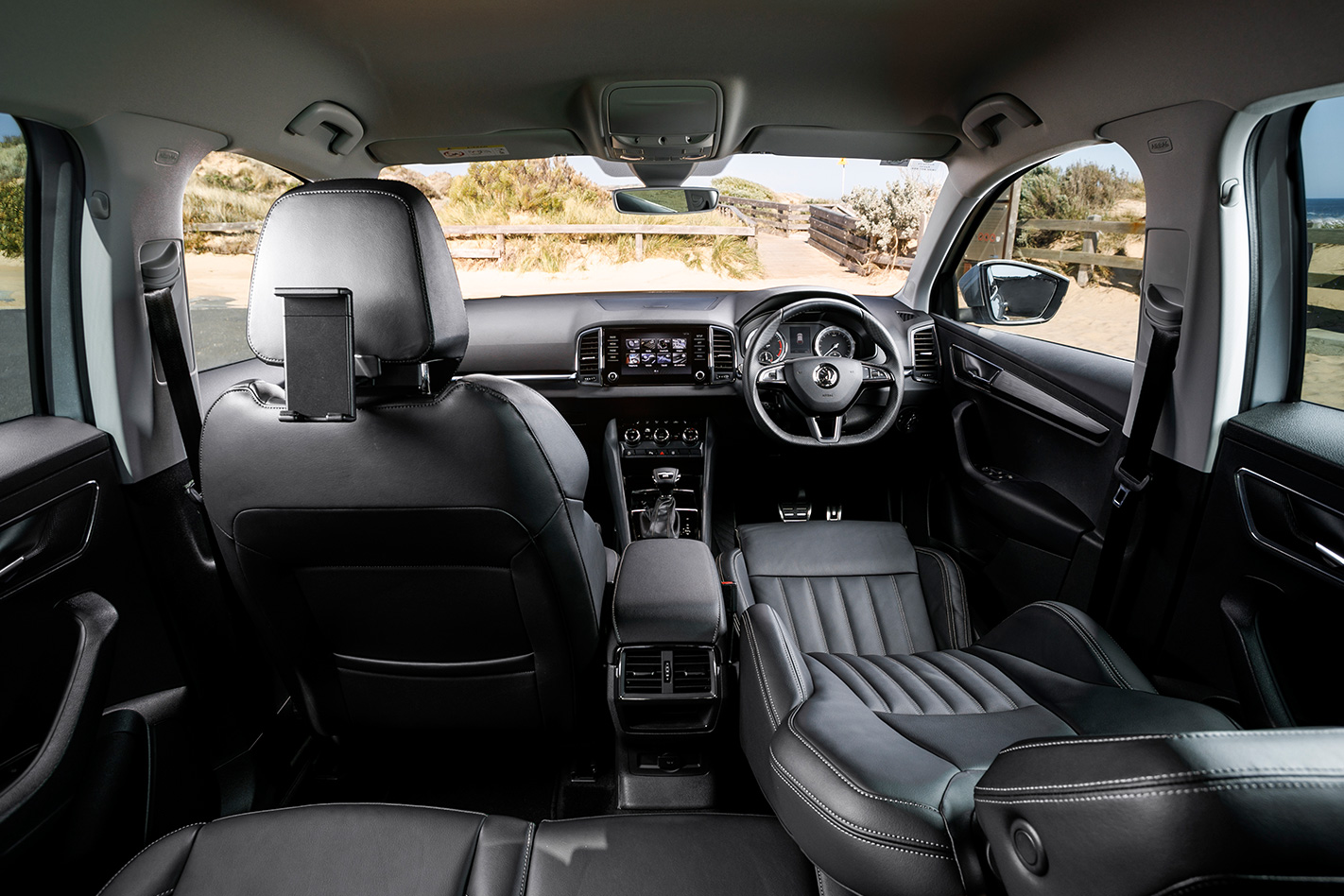
Infotainment is taken care of through an 8.0-inch touchscreen, with Apple CarPlay and Android Auto, but just a single USB slot is available.
The interior of the Eclipse Cross is combination of contradictions. The styling of the dashboard is a big improvement over previous Mitsubishi offerings, but is let down by sub-par infotainment graphics on the 7.0-inch touchscreen.
Likewise, the materials used can feel cheap, and the seats lack under thigh support.
Younger rear occupants will be thankful for the higher perch, and there is copious legroom offered thanks to the sliding pew, but headroom is cramped for adults.

While both offer Apple CarPlay and Android Auto smartphone mirroring, in-built sat-nav is omitted. However, with smartphone saturation at an all-time high in Australia, many buyers won’t notice the exclusion, as better, more intuitive phone apps such as Google Maps and Waze can be operated through the touch screen.
Due to the quality of the materials used, and ease-of-use of the infotainment, the Skoda edges the Mitsubishi.
RIDE AND HANDLING
Verdict: Skoda
The Skoda is an impressive dynamic offering, with a faithful, almost playful front end, while the chassis is tautly sprung and provides ample grip.
While a torsion-beam rear suspension is used, there is impressive comfort when loaded with four adults, with the edge to many bumps smoothed out. However, it is during low-speed city driving when the Skoda falls short, with an abrupt harshness at times.
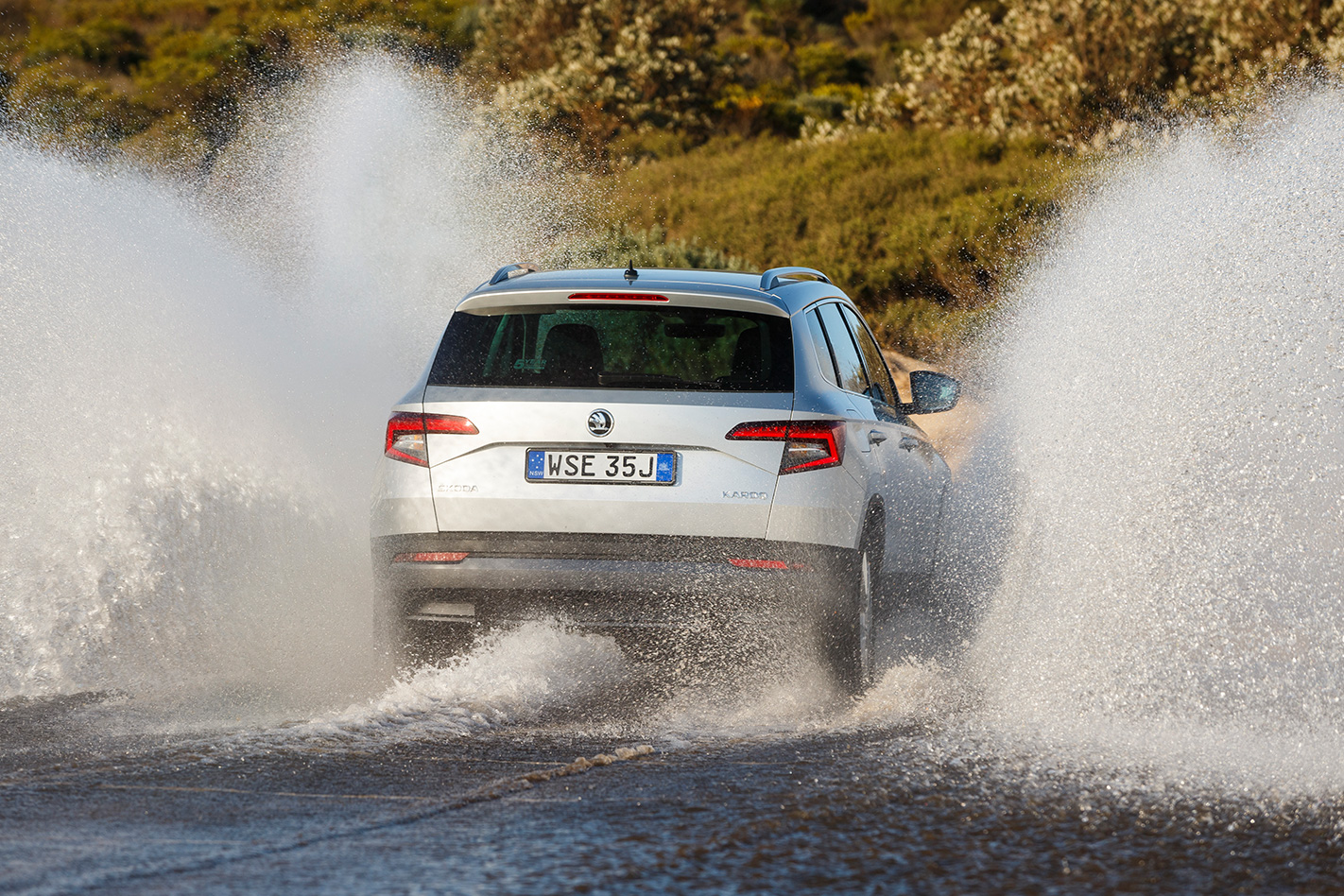
Despite the small stumbles, the Skoda still eclipses the Mitsubishi, which feels undercooked in many aspects.
Steering in the Eclipse Cross is unnervingly numb, which combined with a choppy ride and looser roll response makes for a driving experience that doesn’t always inspire confidence. The suspension is both harsh and noisy, and rear seat occupants are tossed around on rougher roads.
PERFORMANCE AND ECONOMY
Verdict: Skoda
Both cars are fitted with turbocharged 1.5-litre four-cylinder petrol engines. In the Skoda 110kW and 250Nm is sent to the front wheels via a seven-speed dual-clutch transmission.
The Mitsubishi transfers an identical power figure to the front treads via a consistently variable transmission (CVT).
Understandably both perform broadly similarly in a straight line, with the Mitsubishi recording a 9.4-second 0-100km/h sprint to the Skoda’s 9.5-second time.
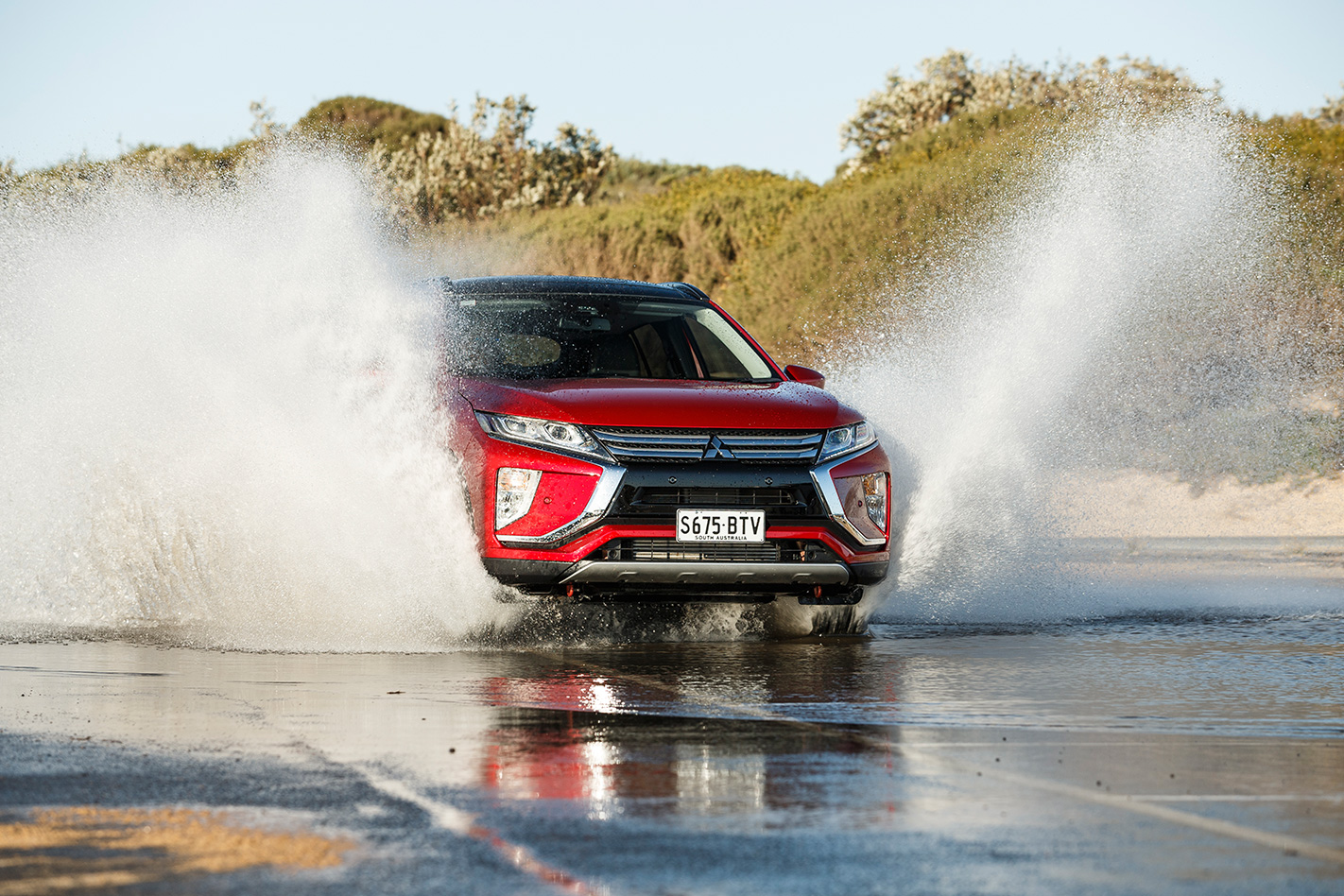
However, rolling acceleration is a different matter, with the Mitsubishi taking 6.9 seconds to shift from 80-120km/h, while the Skoda shaves almost a second off that mark.
The Karoq’s powertrain feels tractable, with plenty of grunt throughout the rev range, although getting it off the line cleanly isn’t always easy, as the DCT transmission doesn’t enjoy being wound-up in advance as you might with a torque-converter auto.
Mitsubishi’s CVT is one of the better on the market, but despite being smooth and unobtrusive for its design, it’s no match for the dual-clutch in terms of enjoyment. It does manage to avoid the worst CVT mismatches of noise and acceleration though.
Due to its heavier weight, the Mitsubishi drank 10.5L/100km of fuel on our test, compared to the Skoda’s 9.6L/100km. Both are creditable figures for test driving, but few marques tend to get close to MQB-chassis Volkswagen Group products in terms of efficiency.
VERDICT
While both cars are only a couple of months old, there is a cavernous gap in terms of refinement, with the Skoda offering a polished product with but a few niggles such as its modest standard equipment count and imperfect low-speed ride.
However, it is in another class compared to the Eclipse Cross, which aside from an impressive features list, feels undercooked in its chassis development, with harsh ride and handling characteristics. Couple that with a lower quality interior and the Karoq claims an easy scalp.
Mitsubishi Eclipse specs
Model: Mitsubishi Eclipse Cross Exceed 2WD Engine: 1499cc inline 4cyl, dohc, 16v, turbo Max power: 110kW Max torque: 250Nm Transmission: CVT Weight: 1490kg 0-100km/h: 9.4sec Economy: 10.5L/100km Price: $36,890 On sale: Now
Skoda Karoq specs
Model: Skoda Karoq 110TSI DSG Engine: 1499cc inline 4cyl, dohc, 16v, turbo Max power: 110kW Max torque: 250Nm Transmission: Seven-speed dual-clutch Weight: 1318kg 0-100km/h: 9.5sec Economy: 9.6L/100km Price: $38,290 On sale: Now




